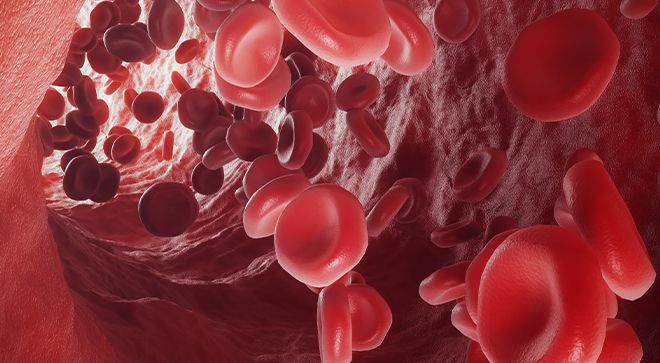News
Video
Machine Learning Improves Transplant Risk Assessment in Myelofibrosis
Machine learning model improves transplant risk assessment for patients with myelofibrosis, helping clinicians make informed decisions, as per an expert.
A new machine learning model has significantly improved transplant risk assessment for patients with myelofibrosis, providing a more accurate and data-driven approach to clinical decision-making, according to an expert.
Dr. Adrián Mosquera, a hematologist at the University Hospital of Santiago de Compostela in Spain, shared insights with CURE on the development of a machine learning model aimed at improving transplant risk assessment for patients with myelofibrosis.
Mosquera explained the importance of using data-driven approaches to address unmet medical needs in hematology, particularly in decision-making around allogeneic stem cell transplantation, a treatment with significant toxicity. By applying machine learning to large patient registries, the model provides a more accurate risk stratification compared to previous methods. It identifies high-risk patients who may face early mortality due to toxicity, helping clinicians make better-informed decisions about transplantation.
The model uses a simplified set of key patient characteristics, including age and comorbidities, which enhances its practical use in clinical settings. Mosquera concluded that the tool has the potential to significantly impact decision-making for clinicians and patients, offering opportunities for better patient outcomes and more personalized treatment strategies.
Transcript:
So, [we've] been working on several artificial intelligence modeling in hematology for a long time, and I always face the same kind of question. [This] is interesting because when you go to the bank to get credit or something you need to pay off over time, you pay a lot of attention to all the payments you need to make and the interest rates. [You want] to know a lot about how you will face the difficulties of payment you may have.
However, in medicine, we are not as accustomed to [using] data-driven approaches to balance decision-making in something far more important than the economy — human health. [Our] commitment here is bringing advancements in big data and artificial intelligence to address important unmet medical needs, which can sometimes be improved with the implementation of data-driven approaches. This is particularly focused on areas where we have to make difficult decisions that can lead either to disease duration, prolonged disease remission, or, in the worst case, toxic death.
Transcript has been edited for clarity and conciseness.
For more news on cancer updates, research and education, don’t forget to subscribe to CURE®’s newsletters here.




